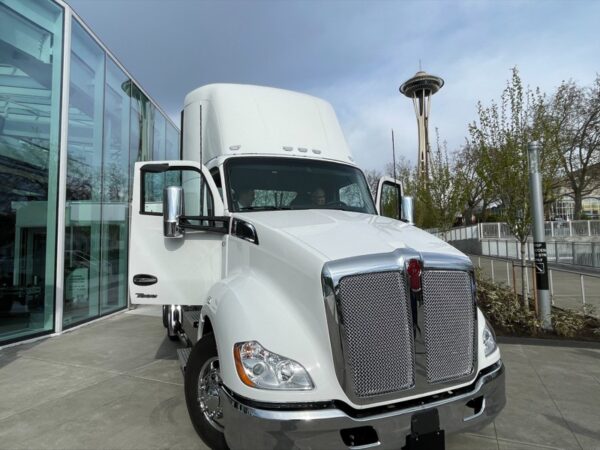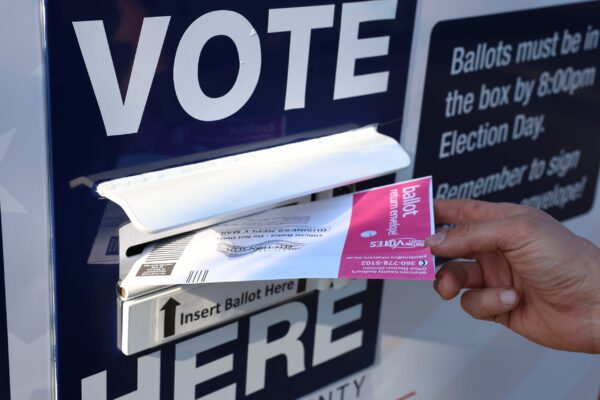Washington communities thrive when they have clean air to breathe, safe water to drink, and an economy rooted in sustainable local jobs. This is a state where diverse communities and businesses, large and small, take responsibility to care for our health and environment. From the air we breathe to worsening fires and floods, we know pollution and climate change affect us every day. Dirty energy has hurt our health and our climate for years and it’s time to start cleaning up the mess.
Washington voters, communities, and businesses are demanding strong and effective action on climate pollution and today’s filing starts the process for the people of Washington to act.
Signed:
Washington State Labor Council
The Nature Conservancy
Front and Centered
Washington Conservation Voters
Washington Environmental Council
Puget Sound Sage
Climate Solutions
Got Green
OneAmerica
Summary of the Protect Washington Act
Intent
The intent of this act is to protect Washington for our children, our grandchildren, and future generations by quickly and effectively reducing pollution and addressing its negative impacts.
Investments to Clean Up Pollution
Investments will accelerate Washington State’s transition to clean energy, increase the resiliency of the state’s waters and forests to the impacts of climate change, and reduce the impacts of climate change on communities.
- 70% to Clean Air and Clean Energy
- Investments in job-creating projects and investments that yield verifiable reductions in carbon pollution, including solar, wind and other renewable energy; clean transportation options; energy efficiency; carbon sequestration in natural resources like forest, farm and marine landscapes.
- A minimum of 15% of the account will assist low-income residents in the transition to a clean energy economy.
- Income, benefit, retraining, and relocation support for fossil fuel workers that are affected by the transition to a clean energy economy.
- 25% to Clean Water and Healthy Forests
- Investments to increase the resiliency of the state’s waters and forests to the impacts of climate change, including:
- Restore and protect estuaries, fisheries and marine shoreline habitats; prepare for sea level rise; address ocean acidification; reduce flood risk; increase sustainable supply of water; and improve infrastructure for treating stormwater, improve resilience to wildfires, improve forest health and reduce vulnerability to insect infestation.
- 5% to Healthy Communities
- Investments to prepare communities for challenges caused by climate change and to ensure that the impacts of climate change are not disproportionately borne by certain populations, including: enhancing community preparedness and awareness around wildfires; fire suppression for tribal communities; relocation of tribal communities impacted by sea level rise; education programs to expand awareness of the impacts of climate change; and community capacity grants.
- Of the above, a minimum of ten percent of state expenditures must be used for projects endorsed by the governing body of a federally recognized tribe.
Fee on Pollution
A pollution reduction fee will be levied and collected on large emitters based on the carbon content of fossil fuels and electricity, including imported electricity, sold or used within this state. Beginning January 1, 2020, the fee is equal to $15.00 per metric ton of carbon content. Beginning January 1, 2021, the fee increases by $2.00 per year until the state’s 2035 greenhouse gas reduction goal is met and the state’s emissions are on a trajectory that indicates that compliance with the state’s 2050 goal is likely. In order to prevent emissions and jobs leakage out of state, fossil fuel and electricity sold to and used by energy-intensive and trade-exposed businesses will be exempt from the fee.
Pollution and Health Action Areas
In order to mitigate the effects of pollution and the health impacts of climate change on highly impacted communities, the Department of Health shall designate pollution and health action areas. A minimum of 35 percent of state expenditures must be used for investments that provide direct, meaningful, and assured benefits to pollution and health action areas with a minimum of ten percent of state expenditures being located in these communities.
Public Oversight and Government Accountability
A Public Oversight Board will oversee the implementation of this initiative, supported by investment panels that will recommend effective, efficient investments to meet the goals of the Act. The Joint Legislative Audit and Review Committee and the Oversight board shall review and report on the timeliness, efficiency and effectiveness of implementation of the Act.



